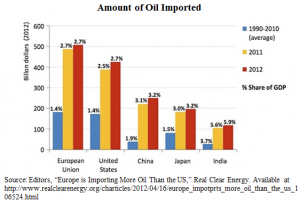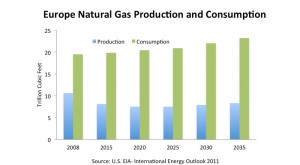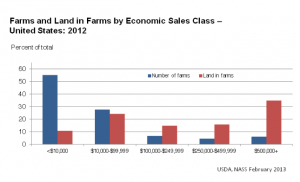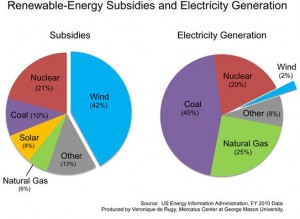In 1978 every person knew that Detroit was the motor capitol of the world, and for good reason as they employed more than 250,000 people. Automobiles began in the North and with it came Ford, General Motors, and Dodge building their world headquarters.
2014 looks vastly different as factories are now automated, most of those workers are now unemployed, and the city shrunk from 1.8 million to a mere 700,000. As the world began to globalize there became a push for financially viable alternatives and now even environmental alternatives. Machine labor replaced human labor, and forced unions out as the remaining worker salaries were far too high compared to the alternatives to the union absent South. The South began an automobile revolution taking in Toyota, Mercedes, and Volkswagen to name a few. However, a new company has risen, and northern states are nowhere on their list of possible destinations.
The first Tesla was sold in 2008 and has since made steady advances to become a household name in the United States. The company has had numerous political problems with their approach to selling vehicles without the need for a dealership license. Tesla has a unique, and somewhat illegal, sales model that sells cars directly to consumers without the need for dealerships. As can be expected, current auto manufacturers and dealers are furious and are spending millions on banning Tesla in their states. While many states such as New Jersey, Arizona, and Texas have banned it, there are four that are biting at the bit to get Tesla to build a factory in their states. With 5 billion dollars, and 6,500 jobs at stake there is a lot to be excited about.
New Mexico. The dark horse in the list of possible locations, New Mexico was originally a candidate for a factory in 2007. However, their incentive package was beaten by California’s at the last minute causing Tesla to pull out of Albuquerque. There were numerous advantages in 2007, but 7 years is a huge difference and other states have climbed to be better potential suitors.
Texas. Currently Texas has banned the sale of Tesla vehicles but it has the second most populated state in the United States. If Tesla wants to move product it must gain Texas as a place where it can sell vehicles. The building of the plant may create the leverage needed to allow the sale of vehicles. Even Governor Rick Perry is an advocate, expressing his support for the opportunity that the plant represents.
Arizona. In the same situation as Texas, Arizona has a ban on the direct sales model created by Tesla and therefore no cars can be sold in the state. Tesla attempted to overturn this policy but it was quickly struck down and no further plans to allow sales are even possible until 2015. Tesla will be looking at the long-term though, as the factory will not even be manufacturing until 2017.
Nevada. Considered the frontrunner in locations for Tesla, Reno, Nevada has immediate access to not only rail systems but a large amount of land and local tech companies ready for positions at the new facility.
A similar situation happened in Alabama when many southern states were fighting for Mercedes. In the end, Alabama offered a huge incentive package utilizing tax breaks and taxpayers dollars to attract the auto giant. Near identical events are unfolding in these states as backroom deals are occurring daily in order to win the bid. While the system is controversial, it outlines the bigger problem. None of these deals would have to happen if barriers of entry were not so tough. Alliance, Texas has seen huge success with their free trade area. Now if only the rest of Texas could get on board.







